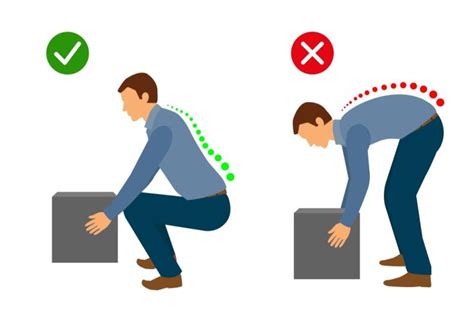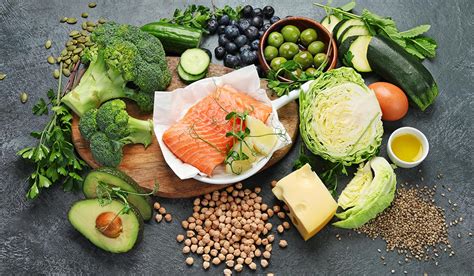How to optimize daily training for peak functional strength and muscle gains?

In the quest for a more capable body, many aspire to achieve both impressive functional strength and noticeable muscle gains. These two goals, while distinct, are deeply intertwined and can be synergistically optimized through intelligent daily training. It’s not just about lifting heavy or chasing a pump; it’s about a holistic, well-planned approach that respects the body’s adaptive processes.
The Synergy of Strength and Hypertrophy
Functional strength refers to the ability to perform real-world tasks with efficiency and power – think lifting groceries, climbing stairs, or engaging in sports. Muscle gains, or hypertrophy, refer to an increase in muscle size. While strength doesn’t always equate to size, and vice-versa, training for one often benefits the other. Compound movements, for instance, are kings for building both. By focusing on multi-joint exercises, you engage more muscle fibers, create a stronger neurological drive, and stimulate systemic growth hormones more effectively.
The key is to understand how to manipulate training variables to emphasize both. This means not solely sticking to very low reps for strength or very high reps for endurance, but strategically integrating different rep ranges and intensities throughout your training cycle.

Foundational Principles for Success
No matter your specific goals, certain principles remain non-negotiable for consistent progress:
-
Progressive Overload: This is the cornerstone of all effective training. To grow stronger and build muscle, you must consistently challenge your body more than it’s accustomed to. This can be achieved by increasing weight, reps, sets, decreasing rest time, or improving technique over time.
-
Compound Movements: Prioritize exercises like squats, deadlifts, bench presses, overhead presses, and rows. These movements recruit multiple muscle groups simultaneously, leading to greater strength development and hormonal response conducive to muscle growth.
-
Specificity: Train how you want to perform. If functional strength is key, integrate exercises that mimic real-life movements. If muscle size is a priority, ensure adequate volume and time under tension.
-
Variation (Periodization): Your body adapts quickly. Periodically changing your exercises, rep schemes, or training splits prevents plateaus and keeps your muscles guessing, stimulating new growth.
Programming Your Optimal Training Schedule
An effective program balances the demands of strength and hypertrophy. Consider a split that allows for adequate recovery while hitting muscle groups multiple times a week. For instance:
-
Full-Body Training (3x/week): Excellent for beginners and intermediates. Focus on 1-2 compound lifts per session for strength (e.g., 3-5 sets of 3-6 reps) followed by 2-3 accessory exercises for hypertrophy (e.g., 3-4 sets of 8-12 reps).
-
Upper/Lower Split (4x/week): Allows for more volume per muscle group. Dedicate upper body days to pressing and pulling, and lower body days to squats, deadlifts, and lunges. Integrate both strength-focused (lower reps, heavier weight) and hypertrophy-focused (moderate reps, moderate weight) blocks within each session or across your week.
-
Powerbuilding Split: Combines powerlifting-style training (heavy compounds) with bodybuilding-style training (higher volume, isolation work). This is often an advanced approach but highly effective for simultaneous gains.
Ensure adequate rest between sets and between training days. Over-training is the enemy of progress.

Mastering Your Lifts: Form and Mind-Muscle Connection
Perfect form is paramount. Lifting with poor technique not only increases injury risk but also reduces the effectiveness of the exercise. Focus on executing each repetition with control, ensuring the target muscles are doing the work.
The mind-muscle connection means actively thinking about the muscle you’re trying to engage during the lift. This mental focus can significantly enhance muscle activation and hypertrophy. Don’t just move the weight; feel the muscle contract and stretch through its full range of motion.

Fueling Your Gains: Nutrition and Recovery
Training breaks down muscle; nutrition and recovery build it back stronger and bigger. This phase is just as critical as the training itself:
-
Protein Intake: Aim for 1.6-2.2 grams of protein per kilogram of body weight daily to support muscle repair and growth.
-
Caloric Surplus: To build muscle, you generally need to consume more calories than you burn. A modest surplus (250-500 calories above maintenance) is often sufficient to minimize fat gain while maximizing muscle.
-
Carbohydrates and Fats: Provide essential energy for workouts and support hormone function. Don’t neglect them.
-
Hydration: Water is crucial for metabolic processes, nutrient transport, and joint health. Stay well-hydrated throughout the day.
-
Sleep: Aim for 7-9 hours of quality sleep per night. This is when your body repairs and recovers most effectively, and when growth hormone is released.
-
Active Recovery: Light cardio, stretching, or foam rolling on off days can improve blood flow and reduce muscle soreness, aiding faster recovery.

Listen to Your Body and Stay Consistent
Your body provides constant feedback. Pay attention to signs of overtraining, such as persistent fatigue, decreased performance, or joint pain. Don’t be afraid to deload, take an extra rest day, or adjust your program when needed. Consistency over time is the most powerful tool in your arsenal. There will be days you don’t feel like training, but showing up and giving your best effort consistently will yield far greater results than sporadic, intense bursts.

Conclusion
Optimizing daily training for peak functional strength and muscle gains is a journey of continuous learning and adaptation. By understanding the synergy between strength and hypertrophy, adhering to foundational training principles, strategically programming your workouts, prioritizing impeccable form, and fueling your body with proper nutrition and recovery, you can unlock your full potential. Embrace the process, stay consistent, and enjoy the remarkable transformation of a stronger, more muscular, and functionally capable you.









